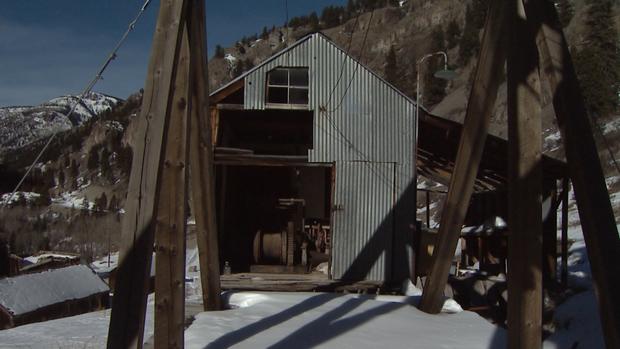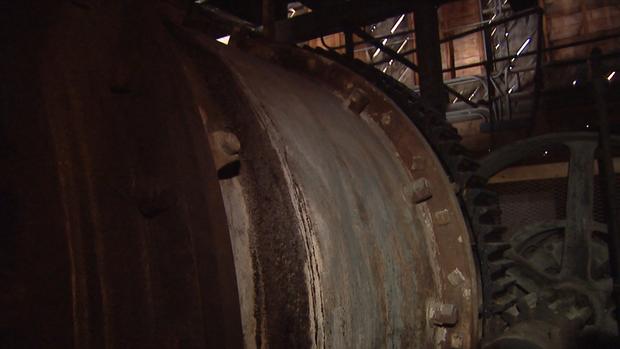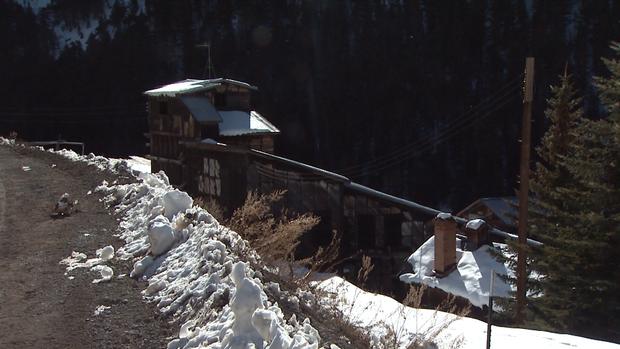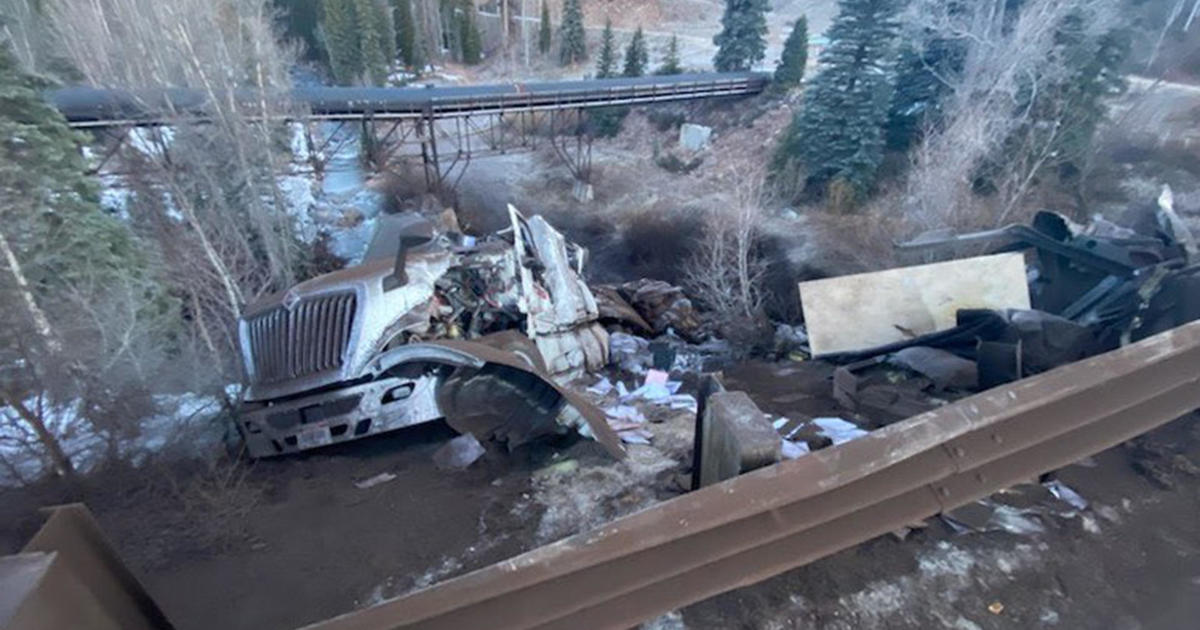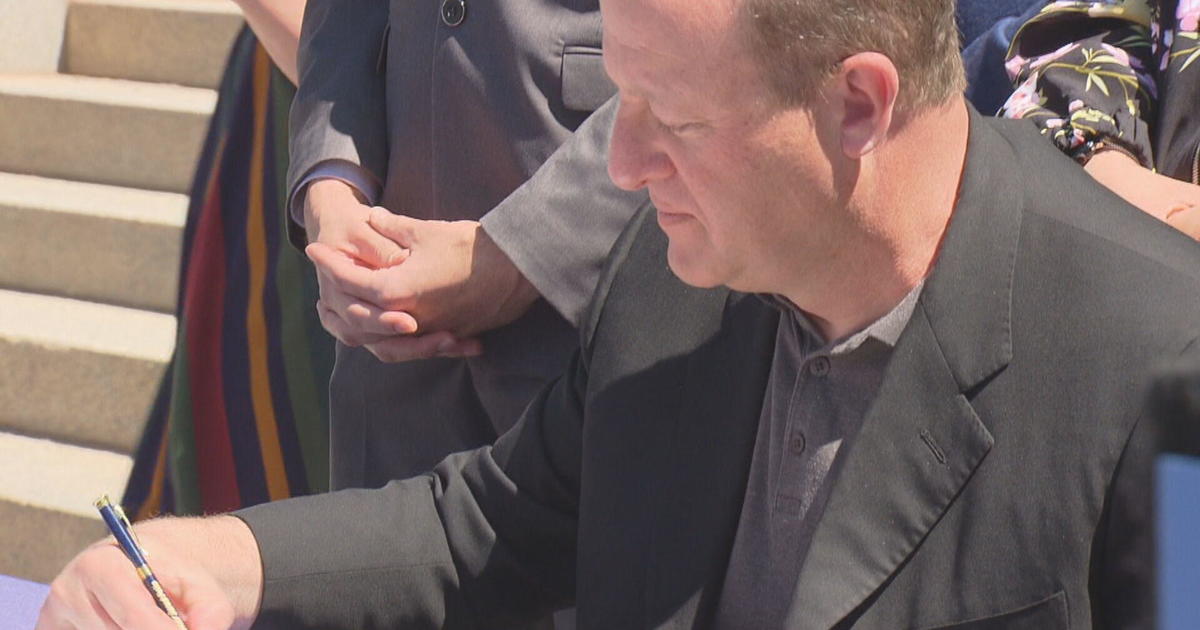'The Mine That Built Lake City' Looks To Reclaim Title
LAKE CITY, Colo. (CBS4) - Colorado's scenic byways take you through some of the most beautiful scenery the state has to offer. Along the way you may find yourself getting something of a history lesson.
The Alpine Loop Scenic Byway is one such route. Along the way from Lake City to Silverton you'll encounter as many as seven ghost towns and many old ruins. On any given summer day, you're likely to see a dozen or so cars parked at the site with folks wandering around taking photos at the buildings on site.
The Ute Ulay mine's roots go back to 1871, when the first white settlers made their way up the south fork of the Gunnison River to discover the rich tin, lead and silver veins in the mountains.
"Ute Ulay is two veins," explained Grant Houston, a local historian and editor of the Lake City Reporter.
The first vein was named Ute for the Indian tribe who originally inhabited the area.
"Ulay was an abbreviation for Ouray -- Chief Ouray of the Utes," Houston said.
While the names honored the Indians, the white settlers were viewed as trespassers.
"The Utes didn't appreciate that and appealed to the government to put everyone off that was trespassing."
That led to the Bruno treaty of 1874 when the government purchased the land from the Utes "in part because the government realized how important the mineral resources were here," said Houston.
The Ute Ulay soon began producing large quantities of ore, becoming known as "the mine that built Lake City." Production would follow a pattern of booms and busts common to many of Colorado's mountain communities. Along the way, the operations inspired many mining and industrial innovations, including tin foil.
"Some of the pieces of foil that were manufactured here were purchased by Thomas Edison for use in his experiments that were going on in the 1870s in the use of phonographs," Houston said.
The site remained in on-again, off-again production up into the 1970s. Now local officials and historians are hoping to open a new chapter for the mine, that as a museum.
"We could have funded the project if we had a nickel for every photograph that was taken at the site," quipped Hinsdale County Commissioner Stan Whinnery.
The site already draws plenty of attention, so they're confident taking that next step to begin stabilization and interpretation of the site will draw even more interest, and that will have long-term benefits to the economy of Lake City.
Perhaps the largest hurdle in cleaning up an old mine site for more recreational use has already been done. The Colorado Department of Health and Environment did an assessment of the site and determined that high levels of lead posed a threat.
"It wasn't an ongoing issue," said Mark Rudolph of the Health Department. "But the threat existed that if one or multiple piles that were on the creek were to fail and slide into the creek, it would result in a very large, extensive fish kill down into the Lake Fork of the Gunnison River."
VIDEO: Watch The Entire Colorado's Most Endangered Places Special
That allowed the state and federal governments to allocate funds for an environmental cleanup of the site, and gave Hinsdale County the confidence that they could then take on ownership of the site and work towards its restoration. The challenge -- as is the case in most projects -- is funding. Most of the land in Hinsdale County is owned by either the state or federal government, so there's very little (if any) tax base to fund projects such as this.
"Moving forward we're going to absolutely have to think outside of the box and try to come up with some funding options" said Jack Nichols, who is Hinsdale County's building official (one of many hats he wears).
The day CBS4 was there he was busy measuring roofs for protective tarps to keep rain and snow out.
"We're just trying to protect the buildings and come up with a plan for preservation in the future," Nichols said.
There has been some basic work done. Trails now crisscross the site allowing visitors to wander around safely. Doors and windows on the buildings have been secured to discourage theft. There's a push to get some basic signage in place letting visitors know what was where. All of those, small, but positive steps towards the goal of restoring the site as a museum. Grant Houston feels that it would not take much at all for the Ute Ulay to resume its historic role as an economic engine for Lake City.
"There's a lot of interest in the history here, who worked here, who were the immigrants who made their home here, where was the school? In Lake City we get a lot of questions about various aspects of this history, and that translates into an economic component in Lake City if those people will stay an extra day or an extra afternoon because of our historic sites such as the Ute Ulay."
LINKS: Colorado Preservation, Inc. | Ute Ulay Project | Alpine Loop Scenic Byway
Kevin Strong is the producer of "Colorado's Most Endangered Places" -- an annual special that airs on CBS4 that profiles endangered historic sites in Colorado. To contact Kevin, click here.

